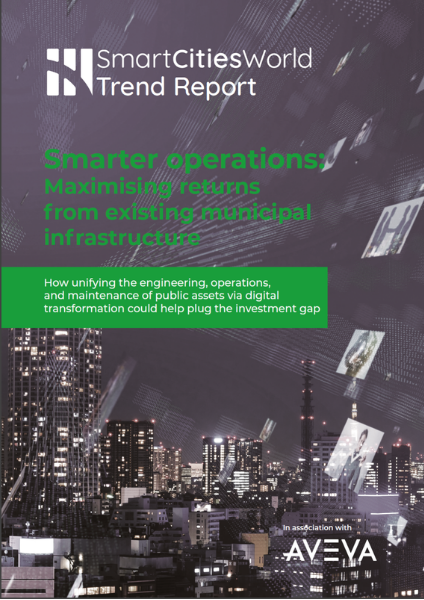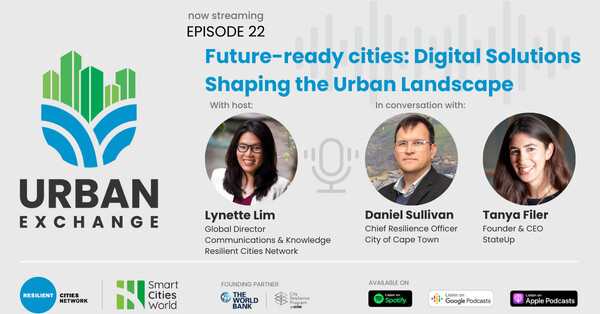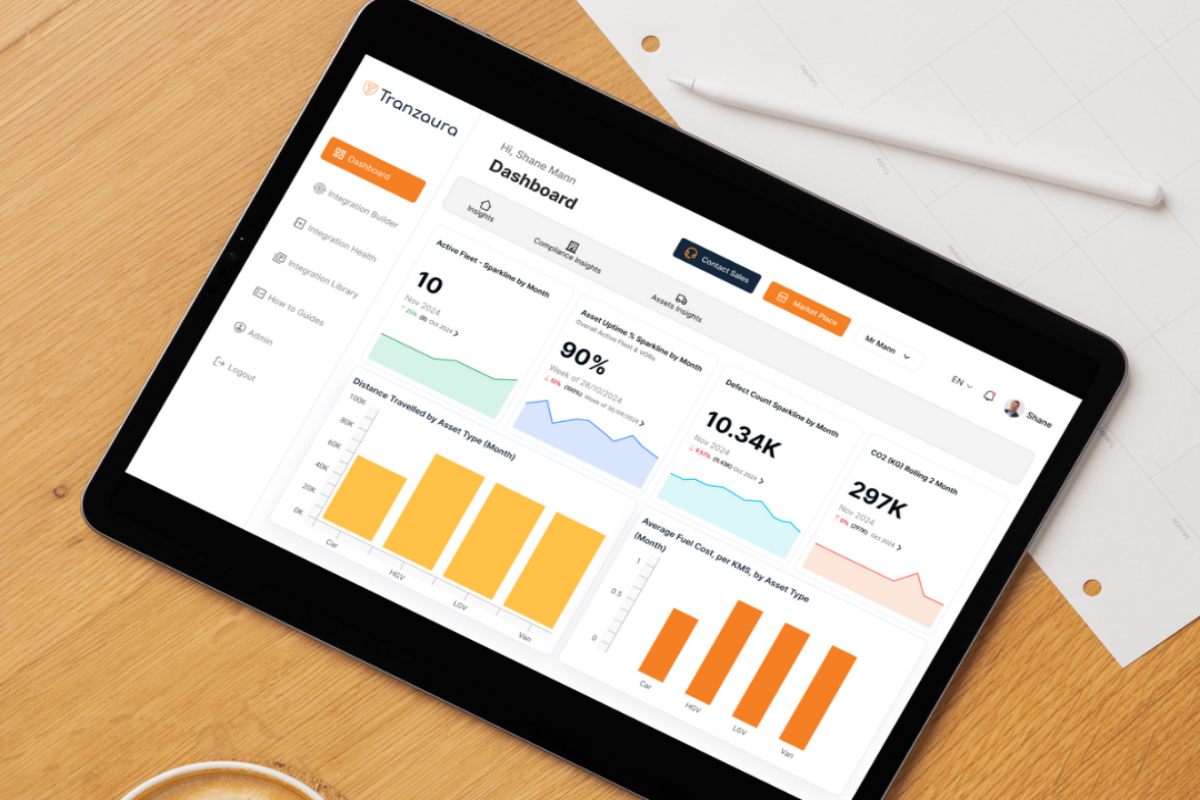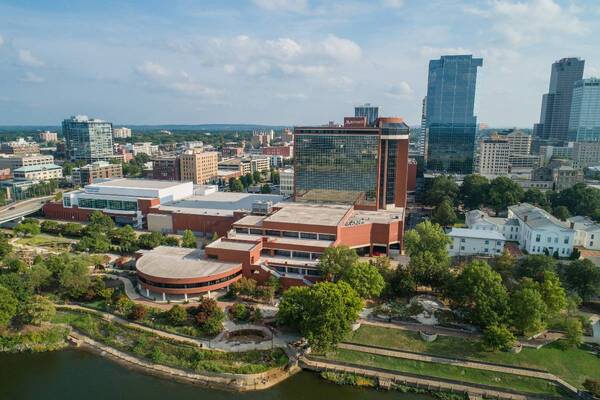Special Reports
SusHi Tech Tokyo 2024: experience ‘Tokyo 2050’ todaySponsored by The SusHi Tech Tokyo 2024 Showcase Program Executive Committee
Smarter operations: Maximising returns from existing municipal infrastructure
How unifying the engineering, operations, and maintenance of public assets via digital transformation could help plug the investment gap.

It would be easy to assume that city innovation is all about futuristic city planning. However, to focus exclusively on new-build opportunities is to ignore the significant potential for everyday operational and maintenance benefits, and budget savings, which city and even town planners and managers could exploit today.
That’s if they had access to dynamic, coordinated and timely information about local infrastructure, its performance and its pressure points - in such a way that enabled targeted and effective action by operational teams and engineers, to keep services running smoothly whatever the prevailing conditions.
This report explores how a digital twin/unified operations centre approach can help, by connecting disparate systems, and allowing diverse data to be collected and aggregated in a common repository, analysed using the latest in predictive analytics, and the findings visualised for service providers and citizens who can act on this new information in real-time.
It includes case studies from Barcelona, Gwinnett County, Nava Raipur and more.
in association with:


















